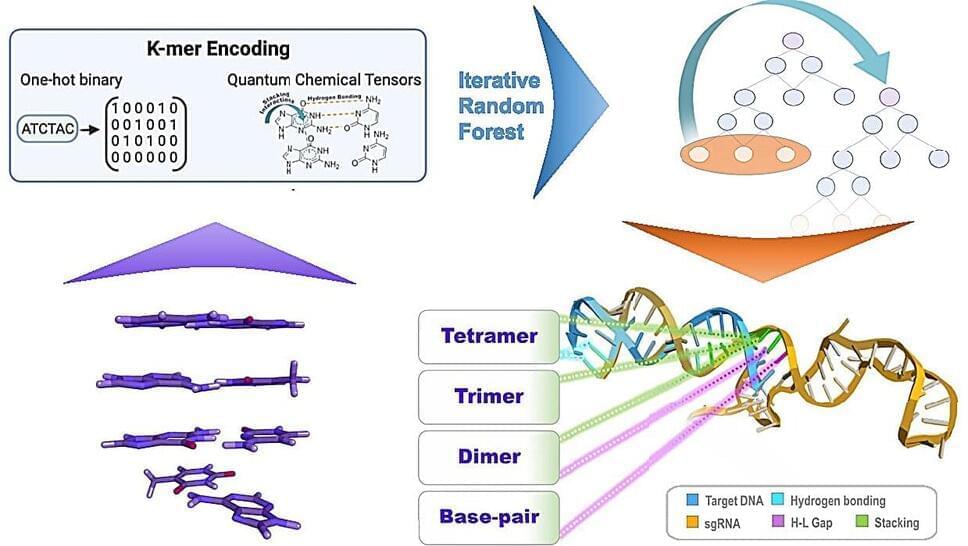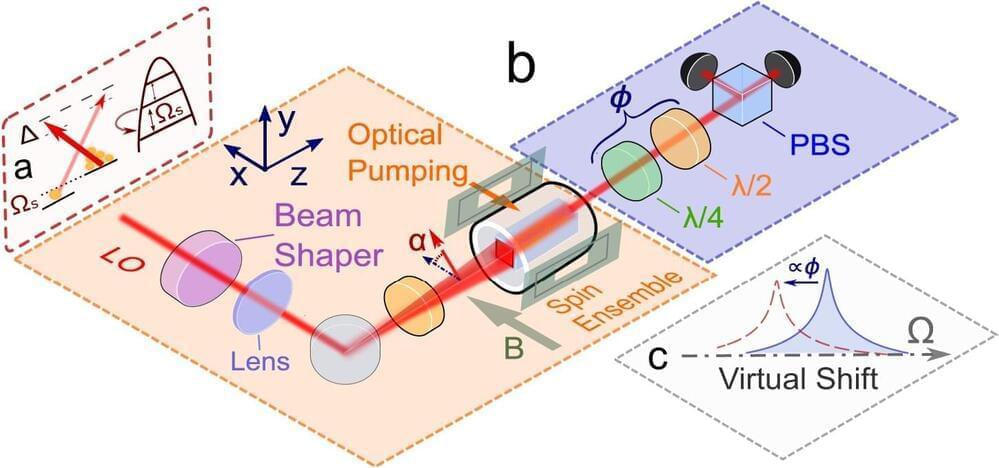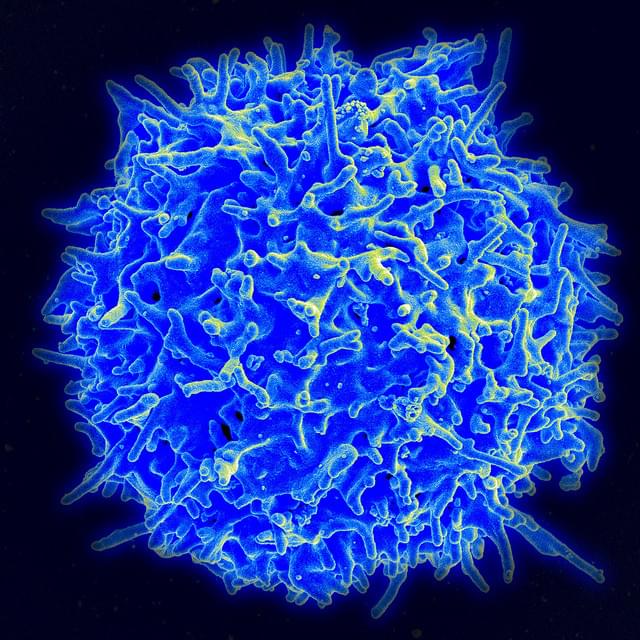This is a good application for medicine. 👍🏼
“I practically could not walk anymore without falling frequently, several times a day,” said Marc, who is now 62 years old. “In some situations, such as entering a lift, I’d trample on the spot, as though I was frozen there, you might say.”
“This allows me to walk better and to stabilize. I’m not even afraid of the stairs anymore.”
What’s new? Marc’s problem is unfortunately not unusual — about 90% of people with Parkinson’s develop a disabling walking disorder in the disease’s advanced stages. However, unlike anyone else in the world, an experimental spinal cord stimulator is now helping him overcome his mobility issue.









